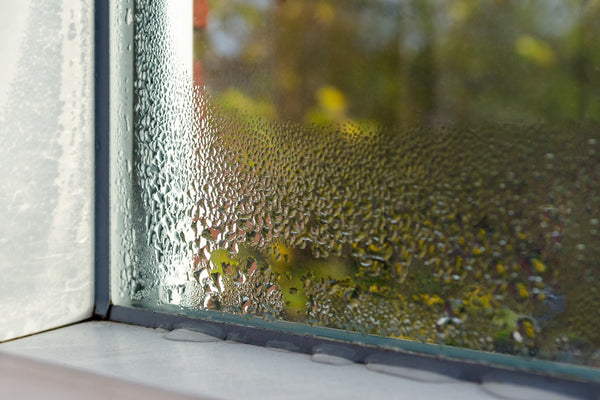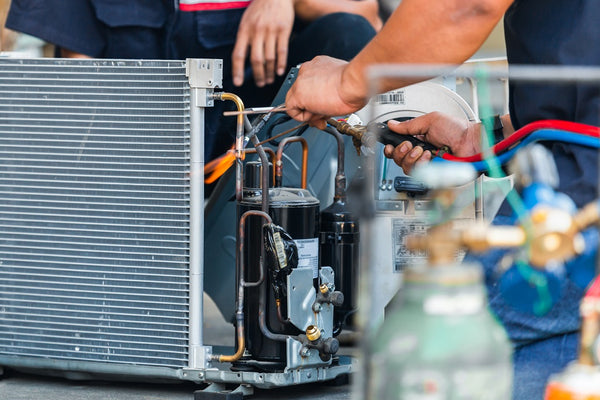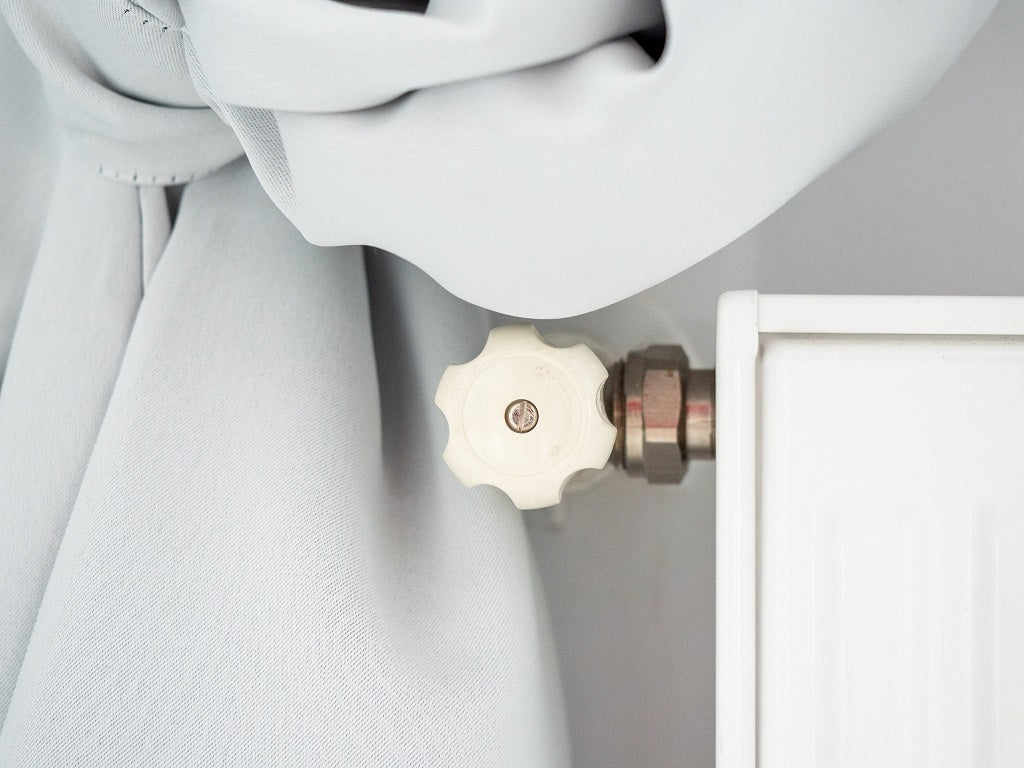
Radiators are an important part of our day-to-day lives. They make sure that we stay comfortable. It is important to understand how radiators work, but it is also pivotal to recognize the many different intricate parts that ensure that radiators work well.
An extremely important part of radiators are radiator valves, regardless of whether you have a more traditional radiator or a newer model, they all have valves. They are essential components of radiators; they ensure that the flow of liquid that runs through the piping of a radiator heats up effectively to keep us warm and keep our homes feeling cozy.
What Is The Purpose of Radiator Valves?
Standard radiator valves help control the amount of hot water that flows within a radiator to generate heat levels on a room per room basis, the valves make sure that the output of heat in a room is controlled.
A thermostat will control the overall temperature in the house, while a radiator valve will make sure that a specific room is receiving heat. In other words, all rooms will be heated except for those where the valves are completely off. This can save you on energy costs.
Different Types of Radiator Valves
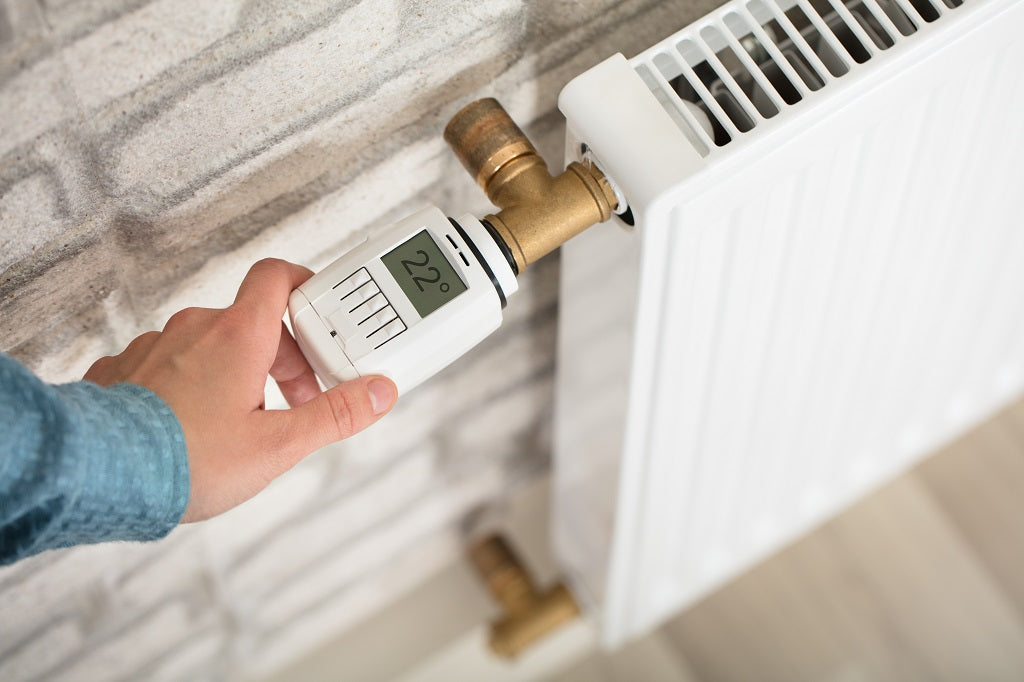
Even though radiator valves have the same overall function, there are still distinguishing types of valves for radiators that can vary in different ways. The more common types of radiator valves are manual valves, thermostatic valves, dual fuel valves, and other traditional valves.
Manual
Manual radiator valves are the flaps that protrude from the radiator’s exterior. These are angled and can be manually moved up or down depending on the heating requirements of that specific room.
Standard radiator valves such as the manual ones can control how much heat a room is exposed to, but these manual radiator valves will not be connected to a thermostat or control the room’s temperature. In other words, to get the desired temperature in a room, the radiator valves must be opened or turned on. Some key features of manual radiator valves are:
- They are common, they are easily replaced if one falls off.
- There are many styles to choose from because they are the most used.
- They are user-friendly since they are adjusted manually.
- They don’t require automation which makes them less likely to malfunction.
Thermostatic
Thermostatic radiator valves work very differently from manual radiator valves. Manual radiator valves are adjusted manually whilst the thermostatic radiator valve will adjust itself automatically according to the designated temperature of that room. If the room is colder, then it will release more hot water into the radiator accordingly to heat the cold room.
It is best to fit a thermostatic radiator valve controller on the flow pipe that enters your radiator to get the best temperature readings and the exact, desired temperature for that room. It is, however, not recommended to install thermostatic radiator valves in high-moisture rooms such as bathrooms and kitchens because the humidity will affect the temperature reading of those rooms and result in false readings.
Some key features to keep in mind for thermostatic radiator valves:
- Individual control temperature settings on a room-by-room basis.
- Environment friendly due to its energy savings capabilities.
- More expensive than manual valves.
- Are not compatible with wall thermostats.
Dual Fuel
Dual fuel radiators are a cost-effective solution to heating; they can work independently whilst still being connected to a central heating system. This will allow you to adjust the need for heat depending on each season. Dual fuel radiators allow you to heat the rooms individually without the need for new piping.
Traditional
Traditional radiator valves supply heat into a room when the temperature has been reached, the flaps will close and reopen as the room cools. These valves will control the flow of water for a central heating system and will determine the heat for each room. They typically come in many styles and fit any décor.
Different Types of Radiator Valve Fittings
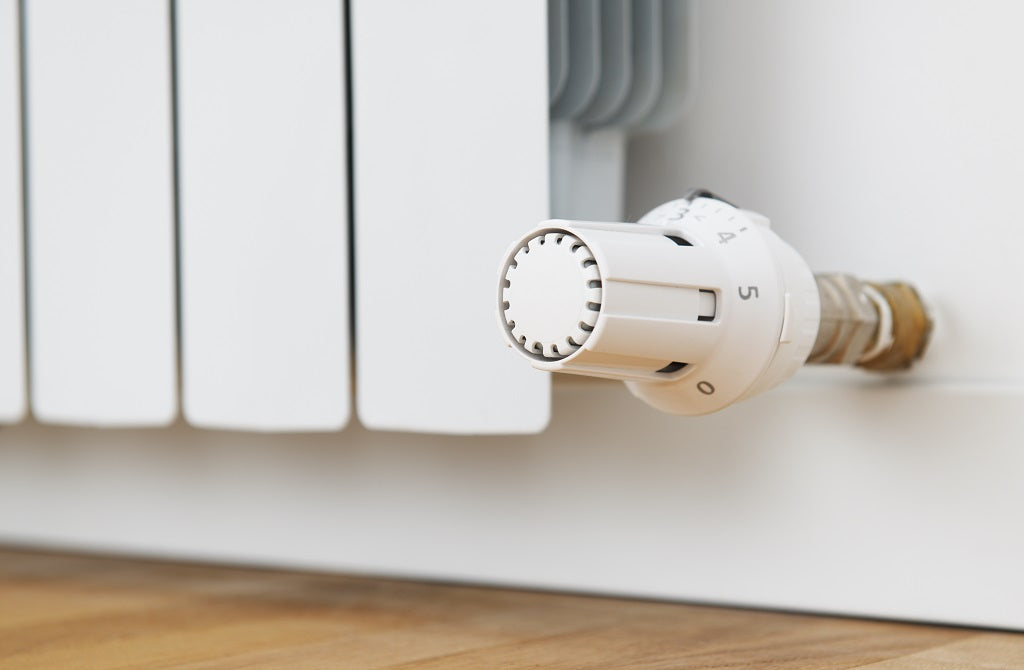
Radiator valve fittings come in a variety of shapes; the shape that will best suit your radiator will depend on the pipes that are connected to your radiator.
- Straight radiator valves: These types of radiator valves will be used in instances where the radiator is connected to the pipework without a bend or curve. These types of valves are optimal in use when the pipework runs from the floor upwards rather than the wall.
- Corner radiator valves: These types of valves connect your radiator to your pipework at a 90-degree angle inwards masking the piping. These are a more aesthetic and tidy type of valve which will hide the pipework.
- H-block radiator valves: H-shaped valves are connected at the bottom of the radiator rather than on either side and they are space-saving. H-block valves are easier to install than most other valves and they can be either manual or thermostatic.
- Angled radiator valves: This type of angle mount radiator valve is the most common type. They connect the pipes to your radiator at a 90-degree angle, which is useful when the piping comes out of the wall.
Conclusion
The right knowledge and equipment will turn your home into your safe space. It will protect you and your family from the cold this winter, and it will help you ride out all the seasons as they pass by. The importance of heating and piping equipment plays such a crucial part in ensuring that your home functions efficiently and there is no time to waste.
For high-quality plumbing supplies for sale, we are here to guide you and make sure you make the best choices.
